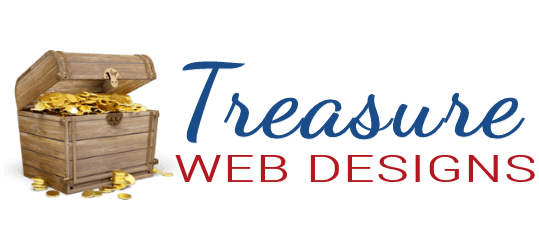 Things To Tell Your Website Designer Before Starting A Project
Things To Tell Your Website Designer Before Starting A Project
Embarking on a design project can be an exciting and transformative experience. Whether you’re revamping your website, creating a logo, or developing a brand identity, clear communication with your designer is essential for a successful outcome. To ensure that your designer understands your vision and can bring it to life, it’s crucial to provide them with the right information from the start. In this blog post, we’ll explore some key things you should tell your designer before kicking off a project.
- Clearly Define Your Goals: Before diving into any design project, take the time to clearly articulate your goals and objectives. What do you want to achieve with this project? Are you looking to rebrand your company to attract a new target audience, or perhaps you want a fresh and modern look for your website? By defining your goals, you can help your designer understand the purpose and direction of the project, enabling them to make informed design decisions.
- Share Your Vision: Every client has a unique vision for their project. It’s important to communicate your vision to your designer, describing the overall look and feel you desire. Gather inspiration from various sources such as websites, magazines, or even other designs you admire. Share these references with your designer to help them grasp your aesthetic preferences and style choices. The more specific you can be about your vision, the better your designer can align their work with your expectations.
- Identify Your Target Audience: Understanding your target audience is fundamental in design. Communicate who your audience is to your designer, as this will heavily influence the design choices made. Provide details such as age range, interests, and preferences of your target market. By having a clear understanding of who you’re trying to reach, your designer can create designs that resonate with your audience, ensuring maximum impact.
- Share Your Brand Guidelines: If you already have established brand guidelines, make sure to share them with your designer. Brand guidelines contain vital information such as your logo specifications, color palette, typography, and tone of voice. These guidelines help your designer maintain consistency across all design elements and align with your existing brand identity. If you don’t have brand guidelines, communicate your brand values and any existing design assets that should be incorporated into the project.
- Discuss Budget and Timeline: Be upfront about your budget and timeline expectations. Discussing these aspects early on will help your designer make realistic proposals and ensure that the project stays within your financial and time constraints. This transparency will also help your designer prioritize tasks and allocate resources effectively, ultimately resulting in a smoother design process.
- Provide Constructive Feedback: During the design process, open and honest communication is key. Encourage your designer to share their progress with you and provide feedback along the way. Clearly communicate your likes, dislikes, and any revisions you’d like to see. Remember to provide constructive criticism rather than vague or negative comments. This will foster a collaborative environment and help your designer fine-tune the designs to your satisfaction.
Clear and effective communication is the backbone of any successful design project. By sharing your goals, vision, target audience, brand guidelines, budget, and timeline, you lay the foundation for a fruitful collaboration with your designer. Remember that continuous feedback and open dialogue throughout the project are essential to achieve the desired results. By investing time in these initial conversations, you’ll set the stage for a successful design project that exceeds your expectations.
